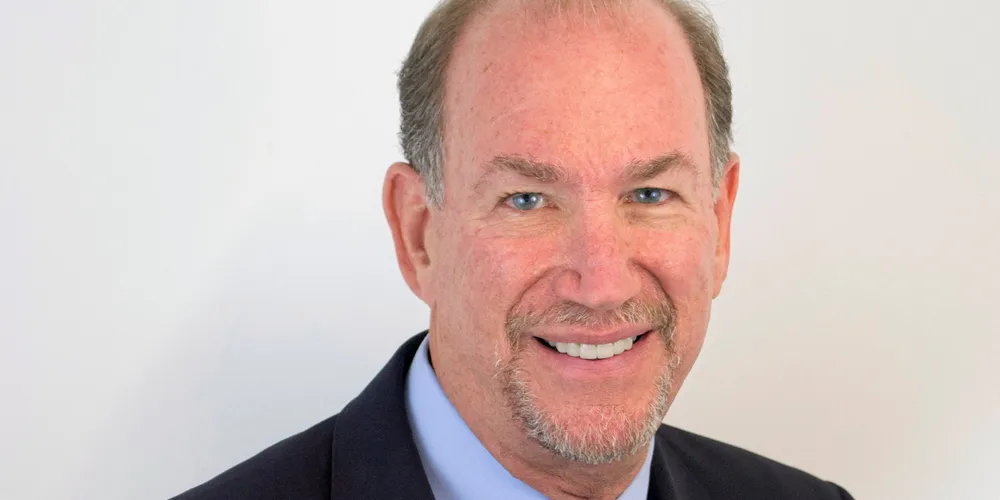'Flawed' grid cost allocation short-circuiting US renewables projects: Acore-led study
Wind and solar projects now paying at least 90% of transmission network upgrades are a significant hurdle for integration of clean energy generation in major US power markets, finds new report
